Block bouquets: The unique foliage florists are clamouring for

While money doesn’t grow on trees, eucalyptus may be the exception. The unique foliage of certain species is a hit with floral designers and wedding planners, many of whom are willing to pay good money for its photogenic qualities.
Words: Nelson Lebo
The large gum trees growing on our block were never part of our plans. For years, all we used them for was firewood and mulch from windfall branches. We didn’t expect that one day, the leaves from our trees would be festooning flower shops and wedding venues, providing us a viable income stream.
It all started in the autumn of 2018. I had just cut a large, low-hanging limb from one of our silver dollar gums (Eucalyptus cinerea) to make way for taller vehicles to cross a new farm track into a paddock. Some farm interns were helping to clear the debris when one of them, Lauren, perked up with an offhand comment.
“You know, this stuff is all the rage for weddings in San Francisco,” she said. “Everybody wants it.” Lauren had just wed her husband, Andrew, who was also interning with us.
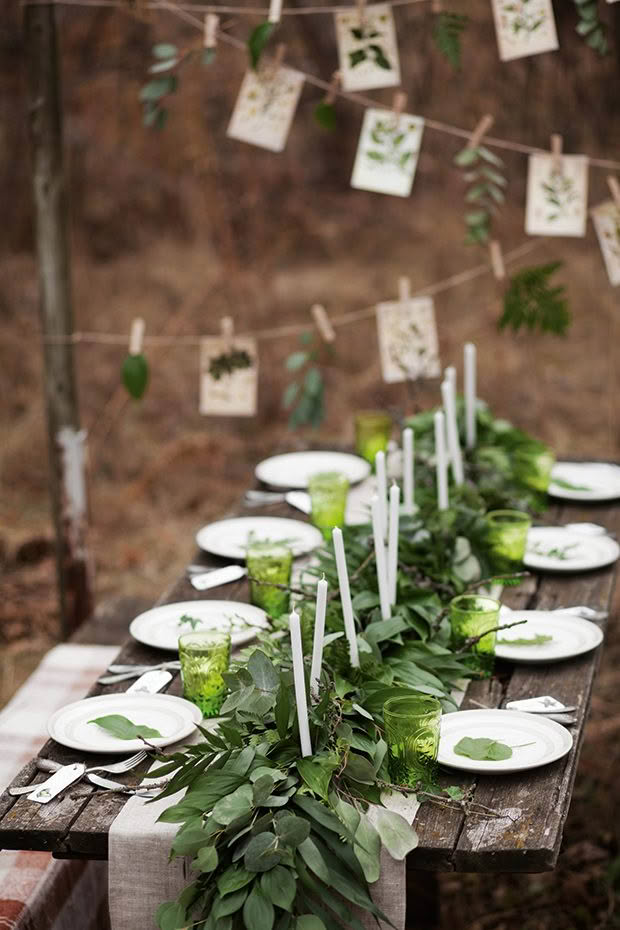
The following day, I took a few twigs with me on the way to work and popped into a nearby flower shop. Lauren was right. Jill Bainger of Jillybud Florist and Wedding Flowers was immediately smitten with the handful of blue-green foliage and was keen for a weekly delivery. Although she has shifted her shop location three times, the deliveries remained constant as she continued to supply her customers with eucalyptus garlands and bouquets. If she ever has a large order for a wedding, I’ll load up the trailer with foliage and drop it round. I’ve since added two more florists and our gum leaf business has grown to provide a consistent income stream that has grown year-on-year. Those in the flower game just can’t get enough of the stuff.
“It’s got to be the most popular and expensive foliage,” says Jill. “It just looks great. It’s this beautiful pastel colour, so goes well with whites and with pastel flowers and it tones down brights really well.” While she gets a broad range of customers, most orders for eucalyptus come for weddings. “It’s very popular for weddings. It photographs beautifully and it’s got this beautiful aroma as well. So few people realise the value of what’s hanging off their trees.”
AUCTION TIME
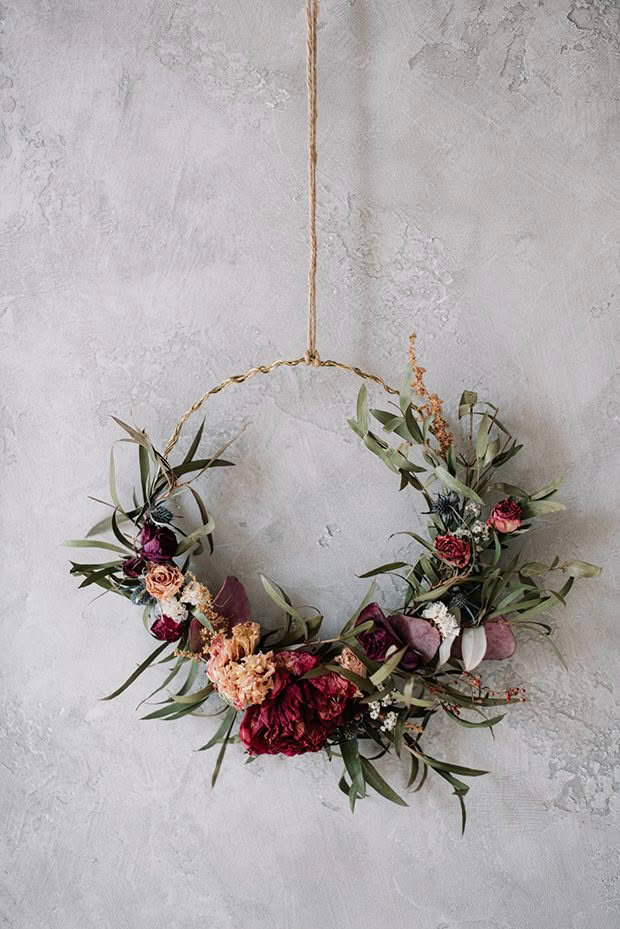
My business shifted momentum in the run up to Mother’s Day 2022, when Jill came to my place to collect some foliage for a wedding. After she saw the size of my trees, we had a discussion about wholesaling and she eventually helped me register as a grower with United Flower Growers in order to supply the Wellington auction.

We tied up bundles of stems ranging in length from 40cm to 80cm, sorted by size. The shorter stems were bundled into fives and the longer into threes. On the auction floor, gum is usually offered three bundles at a time, making 15 stems the lowest number a bidder can purchase. However, since longer stems are less common and more valuable, bidders could buy them one bundle of three at a time.
HOW TO GROW
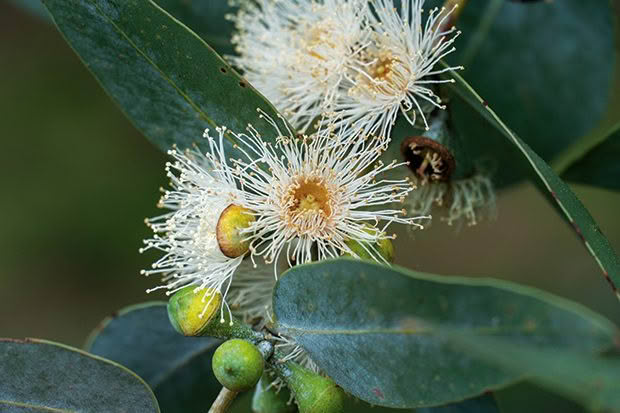
Eucalyptus is a fast grower that is not particularly fussy about soil type. Our trees thrive in heavy clay soil that is sodden in winter and hard as concrete in summer. Like most trees, they love sunlight and should be planted in full sun to half-shade.
Many varieties of gum are mature at 15 metres but can reach heights double or triple that. They respond very well to pollarding, which has the dual benefits of keeping the trees short and manageable and encouraging new stem growth for harvesting. In other words, if you plan your harvesting correctly, you get the two added future benefits of not having to use an extension ladder and ensuring excellent foliage during the next harvest cycle. Three jobs done at once!

We don’t fertilise our gum, but most of them get a steady stream of manure from our chickens and muscovies that free-range beneath them. This year-round trickle of nitrogen helps ensure vigorous leaf growth, which, after all, is what we’re after.
We’ve heard that many growers around the country have suffered from insect damage on their foliage, which reduces its value to florists. Fortunately we’ve had negligible damage to our trees over the last five years.
Although adding gum to our product line was unexpected, it aligns perfectly with our overall philosophy and approach of moving towards a tree-based production system on the farm rather than grass-based. Each year we grow more fruit, more to browse for stock, and more natives. Now we’re also growing more gum. •
THE TORTOISE AND THE DRAGON
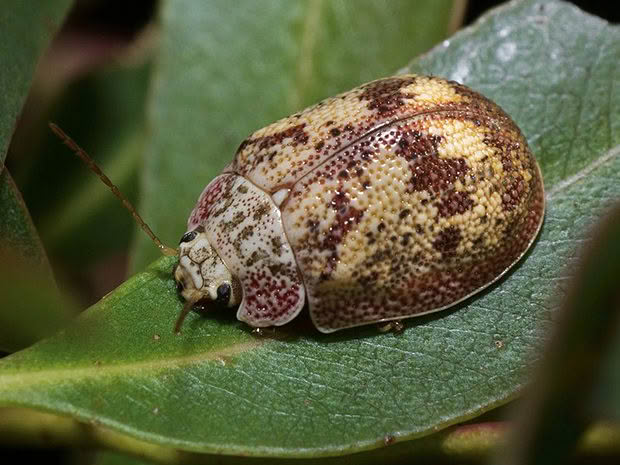
In New Zealand, the biggest hindrance to gum trees is the eucalyptus tortoise beetle (Paropsis charybdis). Originally from Australia, the beetle eats the leaves of eucalyptus, giving them a chiselled appearance. The larvae prefer the young foliage and shoots, but the adults are less picky and can be found feeding on older foliage as well. Heavy defoliation causes the tops of trees to have a scruffy appearance with many bare twigs, while repeated defoliation may cause the death of the tree.
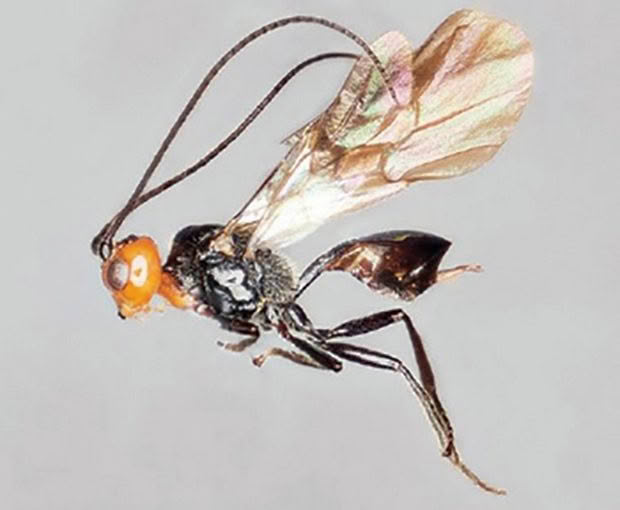
To solve the issue, in 2019 the Environmental Protection Authority approved an application to release a Tasmanian parasitoid wasp in New Zealand which preys on the beetles. Named eadya daenerys (Eadya paropsidis) after Game of Thrones character Daenerys Targaryen, the species solely preys on tortoise beetle larvae on eucalyptus foliage by stinging them and laying an egg inside them. Only one parasitoid develops to maturity within each host. The parasitoid larvae feeds within the host tortoise beetle larvae for about 21 days. It then emerges, killing the host, and pupates in the soil. After hibernating as a pupa for about ten months, the adult parasitoid hatches in springtime. Only one generation is produced per year.
Source: Scion
Love this story? Subscribe now!
 This article first appeared in NZ Lifestyle Block Magazine.
This article first appeared in NZ Lifestyle Block Magazine.
